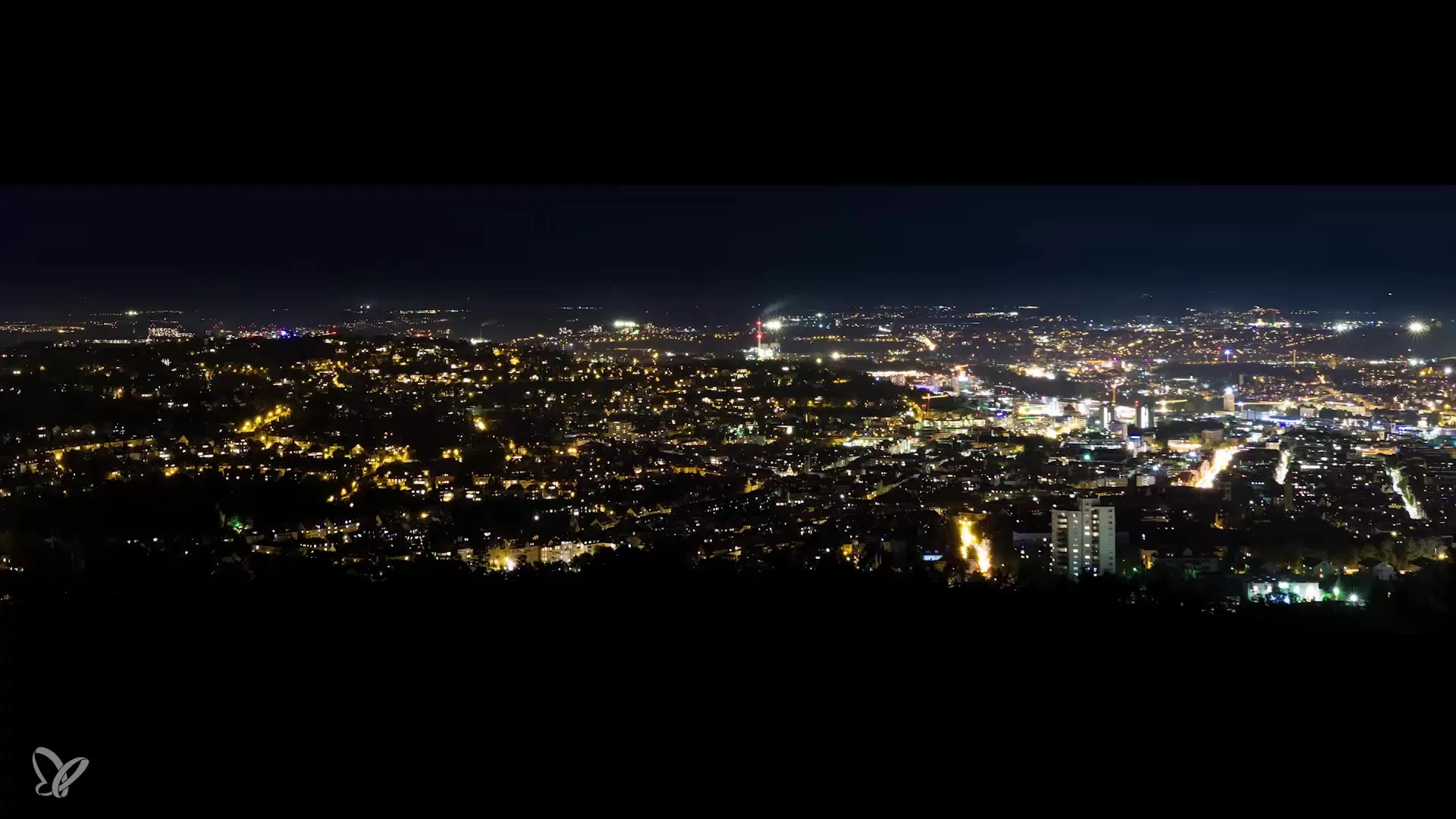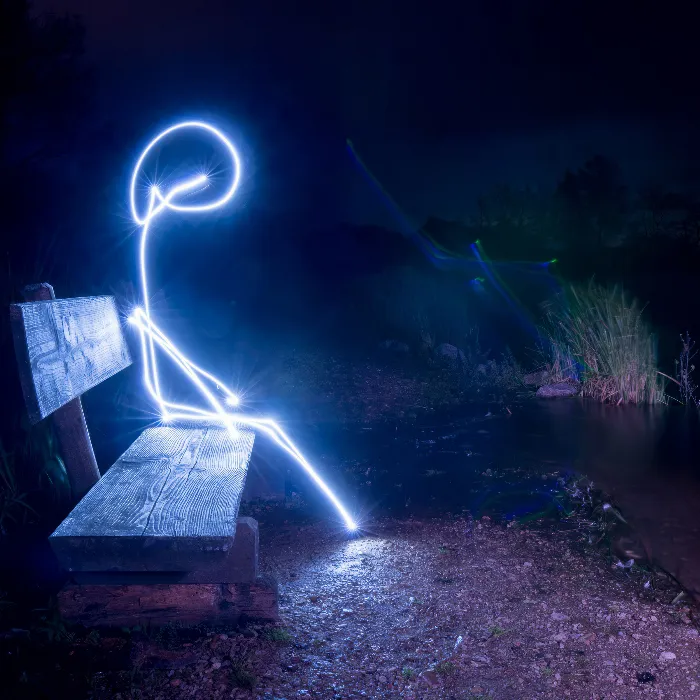The view into the night has something magical. The darkness holds numerous secrets and opens up possibilities that daylight cannot offer. In your pursuit of the perfect night shot, you can learn from many experiences and try out various techniques. This tutorial provides you with a structured guide to improve your skills in night photography and gives you an overview of our trainer Marko's personal favorite subjects, which are easy to edit.
Key Insights
- It's important not to give up immediately when photographing if the first attempts do not succeed.
- Weather conditions or distracting elements can affect the course of your shots, don't let that discourage you.
- Experiences from preparations and planning are helpful, but unexpected events should be seen as an opportunity to be creative.
- Motivations such as picture shows can provide you with inspiration for your shots.
Step-by-Step Guide
1. The Right Preparation
To be successful in night photography, careful preparation is crucial. Think in advance about which subjects you want to capture and plan your location. Pay attention to weather conditions and the optimal time for photos. Experiment with different cuts to ensure you have the right lighting for your shots.

2. Technique and Camera Settings
Before you start photographing, make sure your camera is correctly set up. A high ISO number allows you to get sharp images in low light while using a wide aperture to maximize the amount of light. Also, use manual focus to work precisely, as autofocus systems may fail in the dark.
3. The Right Timing
Timing is fundamental in night photography. The "blue hour," which begins shortly after sunset and before sunrise, is particularly suitable for striking shots. During this period, the light is soft and creates a very special mood that you should make use of in your images. Be patient and wait for the perfect moment to press your shutter.
4. Creativity in the Dark
The night brings many unknowns that give you the opportunity to create something unique. Experiment with light sources like street lamps, car headlights, or even flashlights to add interesting light accents. You can also use long exposures to capture the movement of light.
5. Dealing with Setbacks
It is not uncommon for the first shots to not achieve the desired effect. You may encounter difficulties, whether due to bad weather or unexpected objects in the frame. Don't let that discourage you and keep practicing. Every failure brings you closer to your goal, and you might miss the decisive moment for the perfect picture.
6. Post-Processing
The work doesn't stop with taking photos. Use image editing software to optimize the mood and light in your shots. Small adjustments to brightness, contrast, and saturation can make a huge difference. Showcase your creatively edited images, just like Marko does in his picture show.
7. Inspiration from Picture Shows
Let others inspire you. The picture show in this video offers you an excellent overview of creative possibilities and different styles in night photography. Use this inspiration to develop your own style while applying various techniques and experimenting.

Summary – Night Photography: Tips and Motivating Insights
Night photography is a fascinating challenge that requires a lot of creativity and technical know-how. The more you practice, the better you will become. Use the tips and suggestions from this tutorial to capture impressive images and share them for inspiration.
Frequently Asked Questions
What is the best time for night photography?The best time is the "blue hour," which occurs shortly after sunset and before sunrise.
How can I avoid distracting light sources?Try to choose your location so that unwanted light sources are not in the image, or experiment with long exposures.
What camera settings are optimal for night photography?Set a high ISO number and use a wide aperture to capture enough light.
Are there specific techniques for editing night shots?Yes, you can adjust brightness, contrast, and saturation to optimize the mood of your images.

